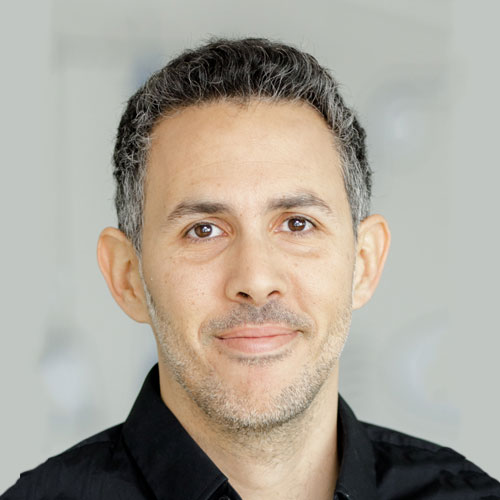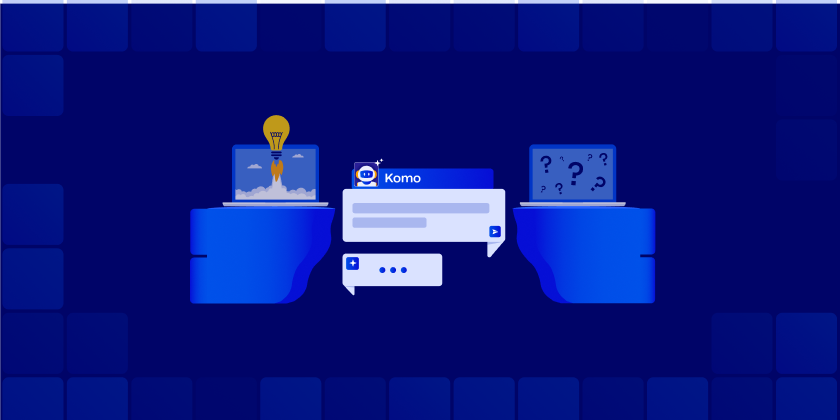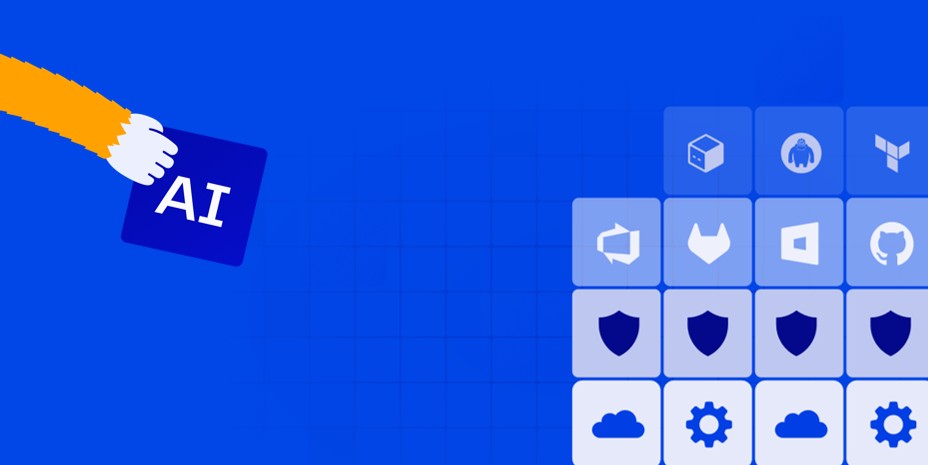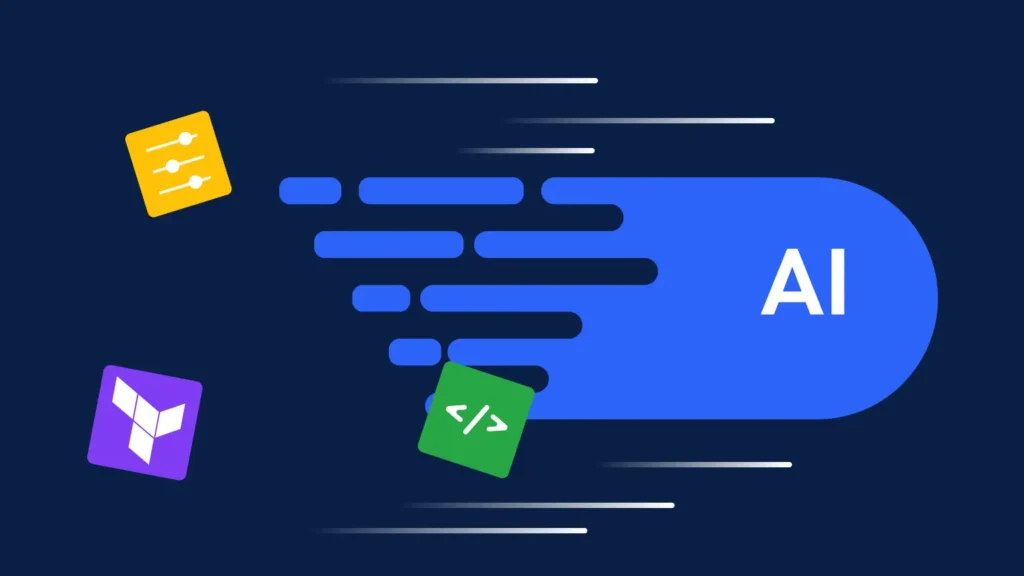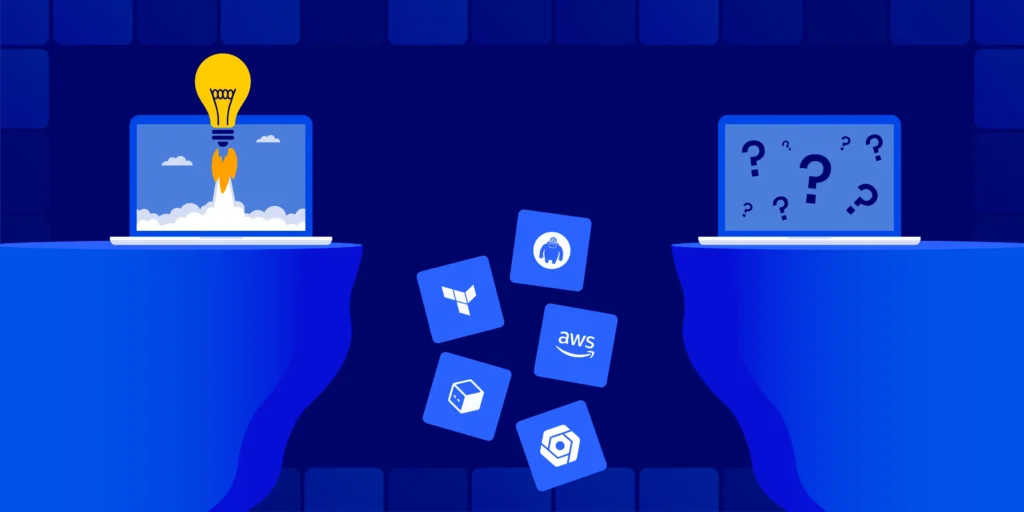Including me, every single DevOps leader knows the pain: one engineer ships in minutes, while another might take days. This gap between the best and the rest of the team? That’s the IaC Skills Gap that determines your entire org’s velocity. I’ve written more about this problem here. Now, I’m talking about what ControlMonkey is doing to solve it:
What is Komo?
Great question. With KoMo (short for ControlMonkey, but with a “K,” because, why not?), every engineer can deliver like your best engineer. Our GenAI-powered agent closes the IaC Skills Gap not by helping engineers write Terraform faster, but by generating the right Terraform itself, with all your context baked in.
That’s the difference: KoMo isn’t a generic AI. It’s the only IaC-native AI agent built for enterprise infra, not just code completion. This way, engineers stay in the driver’s seat, and the skills gap disappears.
How Komo Works
KoMo plugs directly into the way your teams already deliver infrastructure. When an engineer needs to provision or update resources, KoMo generates the Terraform itself, but does it with the full picture of your environment. It looks at:
- Your repos, to see how infrastructure is normally defined.
- Your live environment, to understand what’s already running.
- Your modules and guardrails, to enforce best practices automatically.
- Your history, approvals, rollbacks, and failures that shape what “safe” means for your org.
Because it has all that context, KoMo generates Terraform that’s compliant by default, explains the plan in plain language, and flags blast radius before anything goes live. Engineers still review, approve, and deploy, but the grunt work’s gone. And so is the IaC skills gap.
Now, instead of every change waiting on your most experienced DevOps to review or fix, KoMo scales their expertise across the whole team.
Why the old approaches didn’t work
Generic copilots and LLMs generate code in a vacuum: zero context, zero guardrails. KoMo is the opposite: it operates with full context of your repos, running resources, policies, and history.
It doesn’t give you ‘some Terraform.’ It gives you your Terraform: compliant by default, tuned precisely to your org.” KoMo operates with full context: your repos, your running resources, your policies and guardrails, and your deployment history. KoMo doesn’t give you “some Terraform.” It gives you your Terraform, compliant by default, tuned precisely to your standards, and totally safe to deploy.
A second reason: For years, we’ve all tried to close the skills gap with half-measures: more training sessions, heavier code reviews, static templates for self-service. None of them work well enough.
That means DevOps ends up the bottleneck. That’s what has to change.
What Changes for DevOps
With KoMo in the loop, velocity isn’t determined by your slowest engineer.
Nobody has to wait days for tickets to crawl through a queue; they just spin up what they need, knowing it meets every policy by default. That frees senior DevOps to do the work only they can do: architecture, optimization, innovation, etc. Throughput goes up. Endless firefighting goes down. The business moves way faster, but you haven’t lost control. (I mean, it’s in our name; we’d never let that happen.)
Why Now AI Copilot for IaC?
AI has exploded Cloud infrastructure demand. Every function in the enterprise is leaning harder on the cloud, and it’ll only get worse: more clusters, pipelines, and pressure to deliver fast. If velocity is still capped by your least experienced engineer, you can’t keep up. That’s the reality.
KoMo closes the gap. It turns every engineer into your best engineer, scales your expertise across the org, and makes compliant self-service the default.
That’s why we built it now.
Ready to give KoMO a try and close that gap? Come and see it in our next Product Showdown.

A 30-min meeting will save your team 1000s of hours
A 30-min meeting will save your team 1000s of hours
Book Intro Call
Sounds Interesting?
Request a Demo
